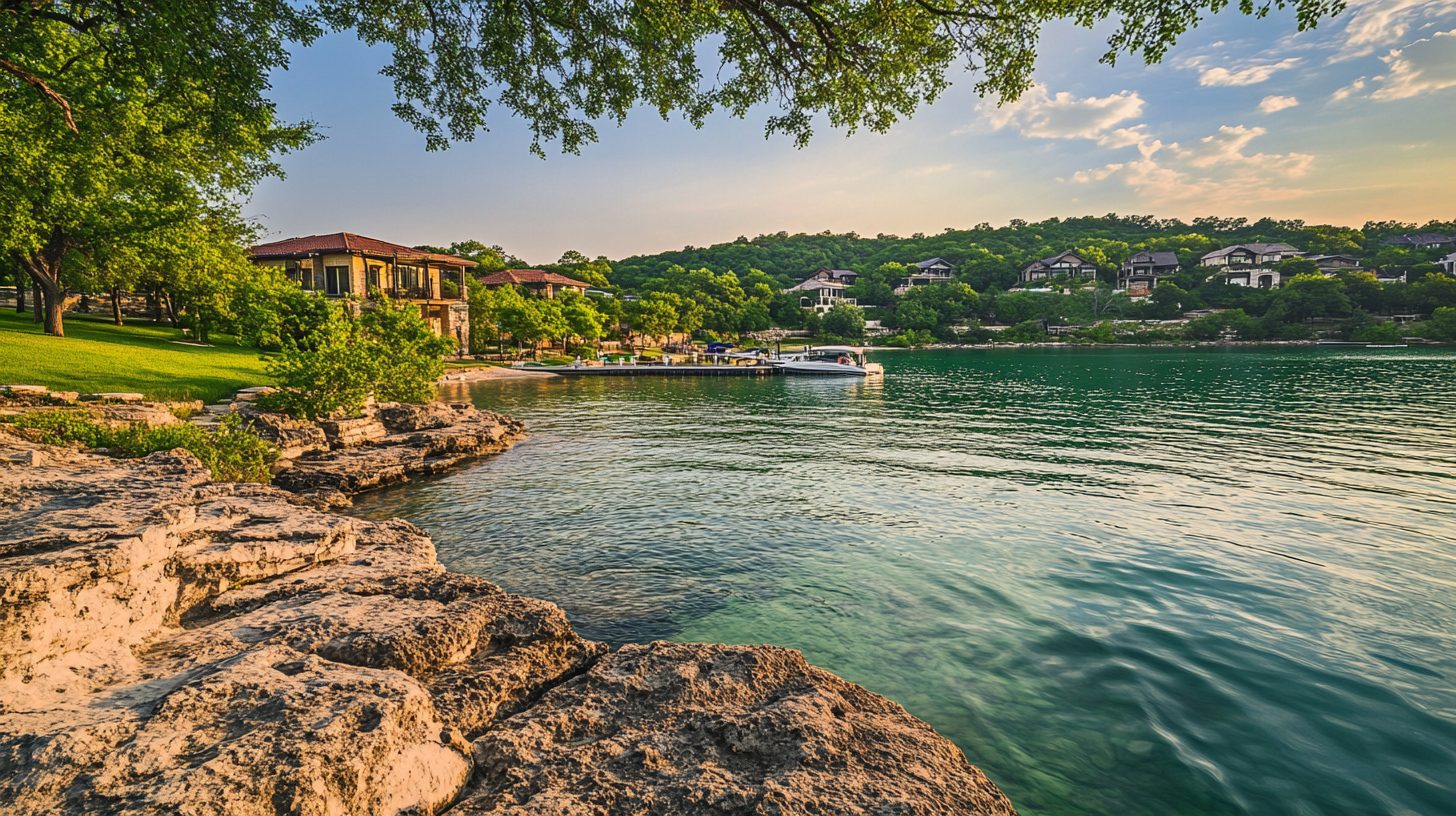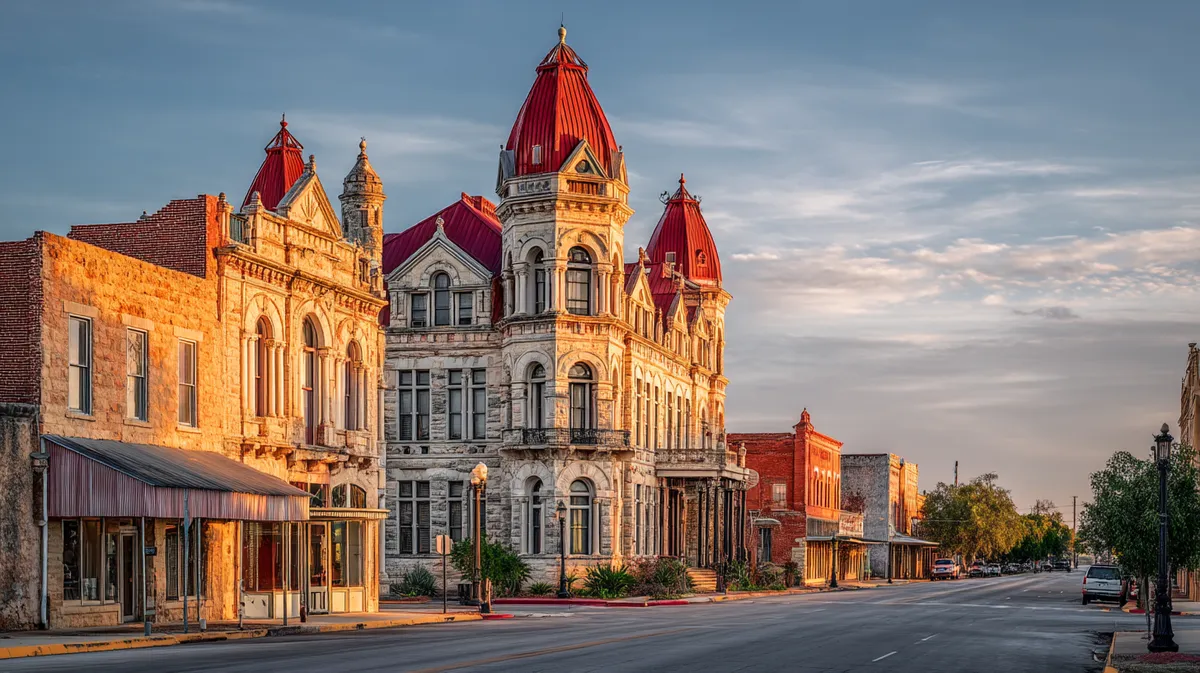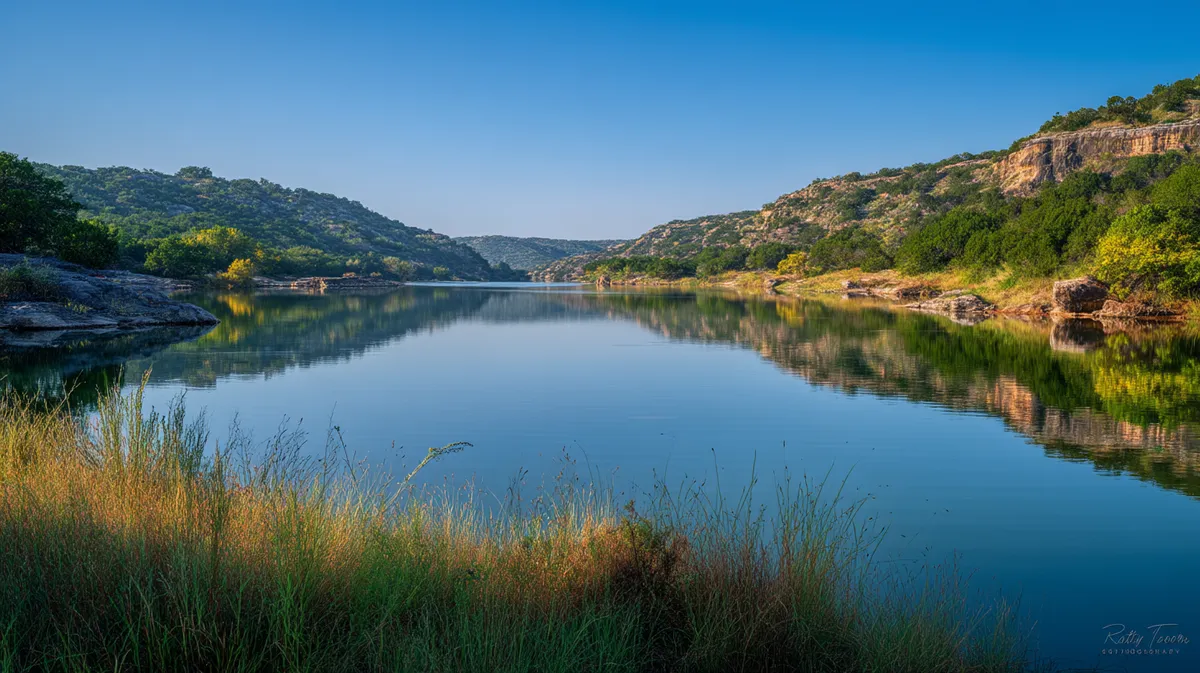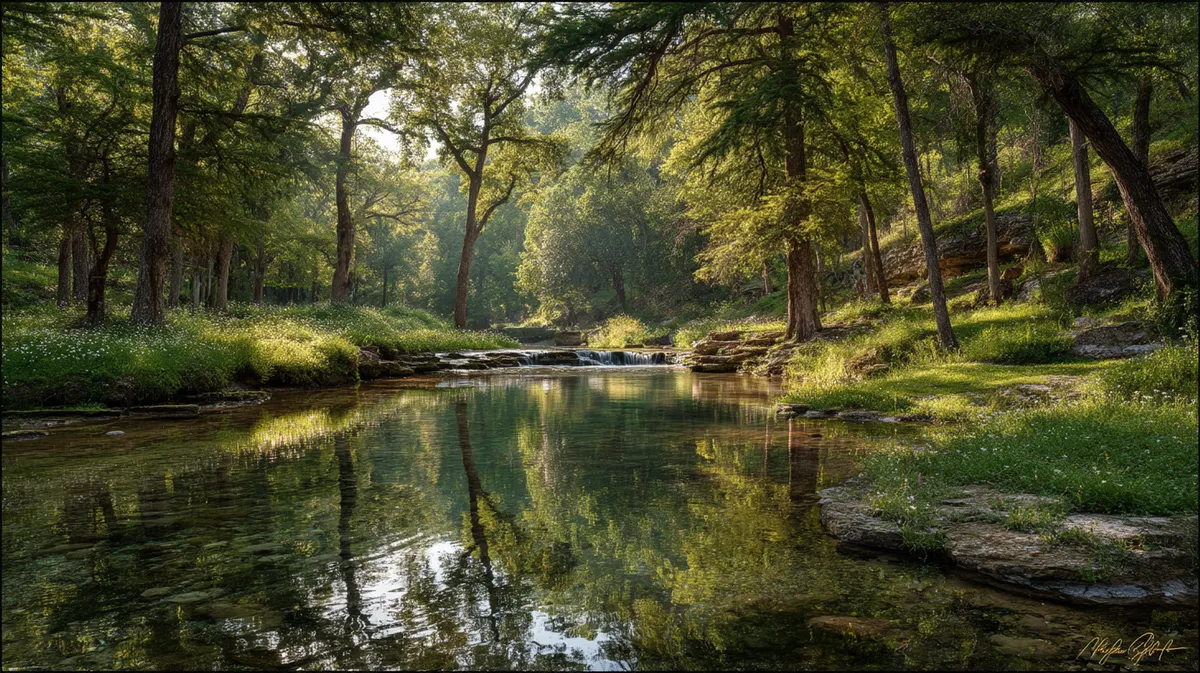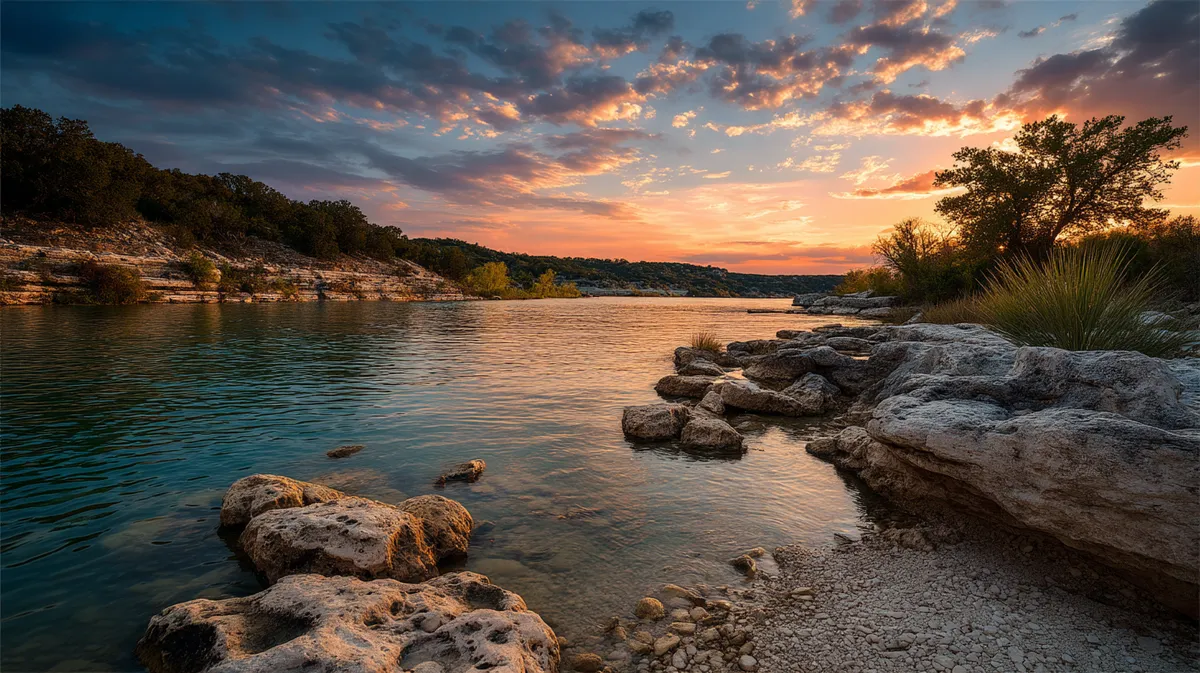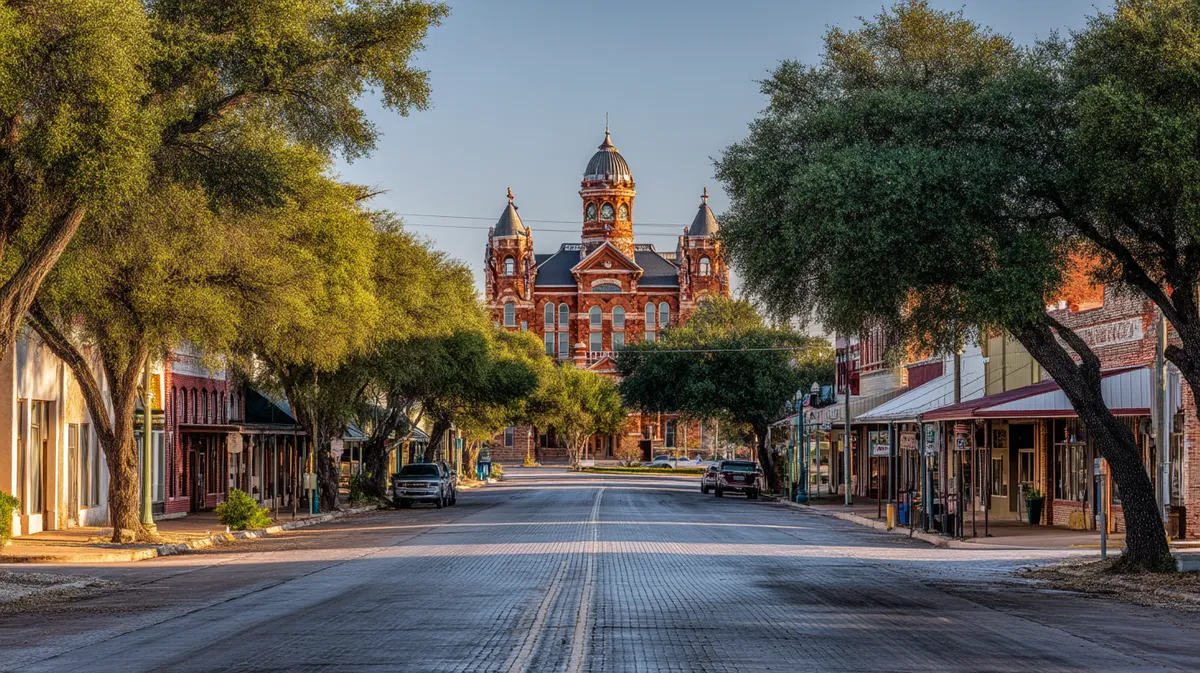Overview
Canyon Lake, TX is that sweet little spot hovering between Austin and San Antonio that everyone keeps whispering about. Picture turquoise waters, rolling hills, and the kind of laid-back atmosphere you only find in places that have yet to be overrun by traffic and strip malls. By 2025, the population’s hovering around 31,000, and the real estate market’s been flexing with median waterfront home prices inching toward the $600K mark—up nearly 10% from just a few years back. It’s the perfect blend of small-town vibes and mid-sized city convenience (both Austin and San Antonio are roughly an hour away). And there’s an undercurrent here—something in the water, you could say—that draws people looking for a break from the usual hustle, while still keeping them close to the action.
Why People Love Canyon Lake
Canyon Lake is a little rough around the edges, but that’s part of its charm. This is Texas Hill Country in all its scrappy, scenic glory. You’ve got limestone cliffs hugging the shoreline, miles of open water that shimmer under the sun like a secret kept just for those who come looking. And the people? They’re a diverse bunch—retirees seeking a slow pace, families wanting something different than cookie-cutter suburbia, and weekend warriors lugging kayaks and paddleboards in the backs of their pickups.
Life around here can feel old-school, but in a refreshing way. Folks wave when you drive by. Moms still gather at local breakfast joints for chorizo and eggs on Saturday mornings. There’s a respect for the lake’s natural beauty that borders on reverence—locals know that if we don’t keep the waters clean, we’re all in trouble. For every boater looking for a rowdy time on the water, there are five anglers quietly casting a line at dawn, sipping coffee and loving the stillness before the lake wakes up.
Canyon Lake’s central location between Austin and San Antonio means you can have your lake life and your city fix. Maybe you blast up to Austin for a night of live music and late-night tacos, then zip back home and watch the fog roll over the lake come sunrise. Or perhaps you shoot down to San Antonio for a quick Spurs game, only to return in time for a tranquil evening paddle. It’s a balance that appeals to anyone who values convenience but insists on wide open spaces.
Activities? You’d be hard-pressed to run out of options. Fishing tournaments in the spring, jet-skiing in the summer, and the occasional polar plunge in winter if you’re feeling wild. Birdwatchers love the migrating flocks of herons and pelicans that sometimes pass through. Tubing on the Guadalupe River is just around the bend, and we all know that’s a rowdy rite of passage in these parts. And then there’s that small but mighty local music scene—bars showcasing up-and-coming country artists, hidden coffee shops hosting open mics, the kind of spots that still feel like well-kept secrets.
What really sets Canyon Lake apart though is the sense of community. Sure, it’s spread out—there’s a lot of land and water to cover—but neighbors still keep an eye out for each other. If your car breaks down along FM 306, someone will pull over. If a big storm’s rolling in, you’ll see folks heading down to the marinas to double-check that everyone’s boat is tied up safe. You don’t get that everywhere. This isn’t just “lake life”; it’s an extended family affair. A place where you can carve out your own little corner of the shore and still be part of something bigger.
So why do people love it here? Because it feels real. Not plastic, not overdeveloped, not forced. The water is stunning, the skies are big, and the feeling is raw. Canyon Lake offers the kind of raw authenticity that’s increasingly hard to find in a world of cookie-cutter subdivisions. And that—sunsets that paint the sky neon pink and orange, neighbors who’ve got your back, and weekends filled with nature-driven adventure—is why so many folks find themselves calling this place home.
What to Know about Living on the Lake
Living on Canyon Lake isn’t just about snagging a picturesque waterfront home and calling it a day. Sure, waking up to a mirror-like lake and sipping coffee on your deck might feel like you’ve checked every box in the “living the dream” manual. But there are a few realities that come along for the ride, and you’ll want to be fully clued in before you start calling realtors.
First off, water levels can fluctuate. Some years, the lake is practically lapping at your back door. Other years, you might find yourself watching your dock sit high and dry. This ain’t a tiny pond that’s always at a set level—it’s a reservoir managed by the U.S. Army Corps of Engineers. They’ve got priorities beyond just your jet ski, like flood control and water supply. So, if you’re planning on building a fancy dock or installing a boat lift, dig into the regulations first. Not all shoreline areas get the same permissions, and you’ll likely need a permit.
Then there’s the steep topography. Canyon Lake didn’t earn that “canyon” name for nothing. Some homes perch on cliffs with killer views but limited direct water access. Others sit right on the water’s edge, but might be prone to more foot traffic from curious kayakers or boaters. Figure out what you value most: epic panoramic views or the convenience of stepping off your patio into a fishing skiff?
Insurance is another fun twist. Waterfront properties in Texas can come with extra layers of coverage—flood insurance, windstorm policies, all that jazz. Don’t skip the due diligence here; talk to a local insurance agent who knows the ins and outs of Canyon Lake’s unique weather and flooding patterns. The last thing you want is to get blindsided by a storm or unexpected water surge and realize you’re not covered.
You also want to keep an eye on that local building scene. Comal County is seeing new developments pop up like wildflowers in spring. While that’s good news for anyone who craves more restaurants, shops, or well-paved roads, it can also mean increased congestion—on land and on the lake. Certain coves that used to be hush-hush fishing spots might get busier, and property taxes can rise as the area becomes more desirable. Balance the perk of property value appreciation with the reality of more boats vying for space on a summer weekend.
Speaking of crowds: if you’re looking for total seclusion, brace yourself for peak tourist season. Memorial Day through Labor Day, Canyon Lake can feel like a carnival—families renting out Airbnbs, party boats blasting music, the smell of barbecue wafting from a hundred different grills. It’s fun, but it’s not always quiet. You’ll likely want to lay down some boundary rules if you have direct water access—sometimes your shoreline can look a little too inviting to strangers seeking a place to dock and chill.
Still, the payoff for these quirks is huge. You get fresh lake air in your lungs every morning. You can boat, paddleboard, or simply float whenever you feel like it. Star-gazing on a cloudless night is ridiculously gorgeous, thanks to minimal light pollution. And the sense of community along the water is strong—neighbors who are equally invested in keeping the lake pristine and safe.
In short, living on Canyon Lake is about blending the serenity of the water with the realities of a growing Hill Country community. It’s glorious, it’s messy, and it’s definitely not cookie-cutter. If that sounds like your cup of sweet tea, you might just love it here.
Summary
Canyon Lake is the real deal, a spot that pulls in everyone from nature-lovers and retirees to families and thrill-seekers. With population growth and 2025 real estate stats pointing to a booming waterfront market, it’s a prime time to explore your options. That doesn’t mean it’s all sunshine and pontoon boats—water levels rise and fall, insurance can get tricky, and the laid-back lake life morphs into party central come summer. But if you’re up for the ride, Canyon Lake offers some of the most authentic waterfront living in Texas Hill Country. It’s raw, it’s friendly, and it just might steal your heart the minute you see those shimmering blue waters.
FAQs
- Do I need special permits to build a dock?
Yes. Much of the shoreline is managed by the U.S. Army Corps of Engineers, so dock permits vary depending on your location. Always check local regulations before starting construction. - Is flood insurance mandatory on Canyon Lake?
Not always, but it’s highly recommended. Certain waterfront areas may fall within FEMA flood zones, making coverage a smart investment—even if not explicitly required. - How busy does Canyon Lake get during peak season?
It can get pretty crowded, especially between Memorial Day and Labor Day. Expect more boat traffic, tourists, and higher noise levels during weekends and holidays. - Are there restrictions on short-term rentals (Airbnbs) for waterfront properties?
Rules differ by neighborhood and HOA. Some places welcome short-term rentals, while others have strict limitations. Always confirm with local ordinances and HOA guidelines. - What’s the typical commute time to Austin or San Antonio?
Depending on traffic, you’re looking at roughly 50 minutes to an hour for either city. Commuting is doable, but it can feel long if you’re making the trip daily. - Are there hidden fees for owning a lakefront home?
Beyond standard mortgage and property taxes, factor in HOA fees (if applicable), dock fees or permits, and potential higher insurance costs. Doing your homework early saves you from sticker shock. - How do water levels affect recreational activities?
When levels drop, certain coves and boat ramps may become inaccessible. During high water, you might enjoy more shoreline options—but be cautious about floating debris and changing currents.

